Risk of losing leg due to congenital prosthetic joint
According to Dr. Che Dinh Nghia, Deputy Head of the Department of Orthopedics and Traumatology, who directly treated the patient, the child was brought to the hospital with pain, swelling, pus at the old surgical wound, and severe osteomyelitis in the right lower leg.
X-rays showed the baby had pseudoarthrosis of the lower end of the tibia and fibula, a rare congenital defect that causes deformity of the leg and prevents the bones from fusing properly.
Doctors are performing a bone transplant on a child patient. |
“If not treated promptly, the risk of amputation is very high due to widespread infection, destroying surrounding bone and tissue, leading to severe deformity,” said Dr. Nghia.
Immediately after being admitted to the hospital, the baby received a multidisciplinary consultation including Orthopedics, Pediatrics, Anesthesia, Nutrition and Rehabilitation to develop a comprehensive treatment plan. The treatment plan was divided into two phases with two major surgeries.
In phase 1, doctors completely remove the infected bone, clean the necrotic tissue and place antibiotic cement in the bone defect area to control infection.
According to Master, Doctor Nguyen Trong Quynh, Department of Orthopedics and Traumatology, Tam Anh General Hospital, Hanoi , this method helps release high concentrations of local antibiotics, reducing side effects compared to systemic antibiotic treatment, while protecting healthy tissue and preparing a good foundation for bone grafting later.
After surgery, the baby received intensive nutritional care and was closely monitored for infection indicators. After 4 months, when the infection was under control and the baby's condition was stable, the baby entered the second phase of treatment.
In phase 2, Dr. Che Dinh Nghia and his team performed microsurgery to transplant a vascularized fibula from the healthy leg to the damaged leg.
This is a sophisticated microsurgical technique that requires precise connection of each small blood vessel under a microscope to ensure that the grafted bone segment receives a continuous blood supply, thereby living and developing like natural bone.
Unlike conventional bone grafting – which uses bone without blood vessels – this technique is more effective, especially in children, when bones are still growing rapidly.
Before surgery, the baby had angiography with a multi-slice CT Force VB30 machine - a modern device that allows for high-resolution 3D imaging of blood vessels, helping doctors accurately determine the location and direction of the vessels, thereby planning optimal vascular anastomosis, minimizing the risk of postoperative vascular occlusion.
“The biggest challenge is that the child is very weak, has had previous failed surgeries, has scar tissue and is at high risk of embolism. Ensuring blood flow to the grafted bone is a vital factor in the surgery,” Dr. Nghia shared.
The 12-hour surgery was a success. The wound is dry and free of infection. The baby is recovering well, eating and mentally stable. The bone graft is gradually growing, replacing the lost bone.
The child is currently participating in a personalized rehabilitation program to increase the leg's ability to withstand force, adapt to the new bone graft, and avoid deformity or misalignment of the limb. The child will also be monitored periodically to assess the speed of bone healing and balanced development of both legs.
It is expected that in the next 6-9 months, the baby will be able to walk normally and return to the active life of a healthy child.
According to Dr. Nghia, Congenital Pseudarthrosis of the Tibia (CPT) is a rare disease with a rate of about 1/250,000 children. The disease often manifests very early, when children start to walk with signs such as bowed legs, limping, short legs and long legs, and easy bone fractures of unknown cause.
“Early detection is an important factor in planning appropriate treatment, avoiding serious complications and the risk of limb loss. When seeing signs of abnormal gait or leg deformities in children, parents should take their children to a medical facility with an Orthopedic Trauma department for timely examination and treatment,” the doctor recommended.
Successful surgery for rare thyroid cancer in children
Thinking it was just a common fever that lasted for a long time, the family of the 8-year-old boy did not know that their child was suffering from thyroid cancer that had spread to the lymph nodes in his neck. Thanks to timely detection and early surgical intervention, the doctors at the hospital were able to save the child's life and preserve his voice and physical condition.
Baby HTM (8 years old, living in Binh Duong ) has had a constant fever of 38 - 39 degrees Celsius for 3 months, accompanied by a sore throat, loss of appetite, and fatigue. Despite being examined and treated in many places, the baby only got better for a few days and then had a fever again. His studies declined and his spirit declined, causing his family to be extremely worried.
At the hospital, Master, Doctor, CKII Doan Minh Trong, Department of Breast - Head and Neck Surgery, when examining, discovered large lymph nodes in the baby's neck. A biopsy later determined that the baby had differentiated thyroid cancer, the malignant cells had metastasized deeply into the neck lymph node group VI and spread to both sides of the neck.
"Every time my baby had a fever, I just thought it was a common cold, I never expected it to be cancer," Ms. H. (41 years old, baby M.'s mother) shared, choking up.
Dr. Trong recommended total thyroidectomy and neck dissection - a complicated surgery because the baby's thyroid gland was very small, the recurrent laryngeal nerves and parathyroid glands were thin and tightly attached to the surrounding tissue. Even a small mistake could lead to severe bleeding, nerve damage causing hoarseness or permanent loss of voice.
After 6 hours of meticulous surgery with the help of an ultrasound knife, the entire thyroid tumor and metastatic lymph nodes were completely removed. Fortunately, after the surgery, baby M. could talk normally, without hoarseness or numbness in the hands - common complications of this type of surgery.
The baby continued to be treated with radioactive iodine to destroy remaining cancer cells and used endocrine drugs to inhibit the TSH hormone to prevent recurrence.
According to GLOBOCAN 2024 statistics, thyroid cancer is the 6th most common cancer in Vietnam, but mainly occurs in people aged 40 to 70. Children with this disease are very rare, and baby M. is the youngest case that Tam Anh Hospital has ever received for treatment.
Dr. Trong said that thyroid cancer in children develops faster than in adults, the time it takes for malignant cells to metastasize can be only 3-6 months, while in adults it can last from 6 months to several years. If not detected in time, the disease can spread to the supraclavicular lymph nodes, lungs, bones, and even the brain.
However, doctors confirm that if diagnosed early and treated properly, the prognosis for cure of thyroid cancer in children can be up to 90%, even when it has metastasized to the lymph nodes.
The neck lymph nodes are the most common site of thyroid cancer metastasis. Some early signs to pay special attention to include: prolonged neck lymph nodes, persistent fever, difficulty swallowing, and unexplained sore throat. If the condition does not improve after 1-2 weeks of conventional treatment, parents should take their child to a Head and Neck specialist to screen for serious illness.
Some cases of thyroid cancer with lymph node metastasis do not show obvious symptoms and are only discovered by chance during ultrasound or routine health check-ups.
Thyroid cancer treatment does not affect the child's future fertility or physical development. After surgery, the child needs to be monitored regularly, have thyroid function checked, and have hormone medication adjusted accordingly.
Doctor Trong said: "Timely detection has given M. an almost full chance of survival and is also a lesson for parents not to be subjective with persistent symptoms in children."
19-month-old girl escapes death thanks to timely first aid after falling into a bucket of air conditioner wastewater
A 19-month-old girl was saved by the skin of her teeth after falling into a bucket of air-conditioning wastewater and suffering from respiratory arrest. Thanks to the timely discovery and proper first aid skills of her relatives, the girl overcame the critical condition.
The child weighed about 12kg, was about 90cm tall, was very active and liked to play with water. While the family had guests, the child went alone to the gable end of the house, where there was a bucket of air-conditioned wastewater about 40-45cm high, 40cm wide at the mouth, containing about 10-15cm of water. When adults discovered it, the child had fallen into the bucket, his whole body was purple and he was no longer breathing.
The baby's grandfather panicked, holding the baby upside down and shaking him. However, the decisive factor in saving the baby's life was the timely arrival of a family member with medical knowledge who performed basic first aid correctly. The family quickly placed the baby on a flat surface, performed mouth-to-mouth resuscitation and chest compressions according to first aid instructions for drowning children. After about 5-7 minutes, the baby began to vomit water and food, and showed signs of breathing again, although he was still unconscious.
Immediately afterwards, the child was transferred to the district hospital in a state of having a pulse, was intubated and given a balloon to support breathing. After being temporarily stabilized, the patient was transferred to the Pediatric Center, Bach Mai Hospital for intensive treatment.
Here, the chest X-ray showed signs of lung damage due to aspiration. Doctors sedated the child, put him on a ventilator and performed intensive resuscitation. Specialist II Doctor Pham Cong Khac, Pediatric Center, said that fortunately, the child's family had someone working in the medical field, so the initial treatment was timely and accurate. This was the key factor in saving the child's life.
According to Dr. Khac, the principles of first aid for drowning children must be remembered and performed in the correct order. As soon as a child is discovered to be in distress, it is necessary to quickly remove the child from the danger zone, place the child on a hard surface, keep the head tilted back and lift the chin to open the airway. Next, give 5 mouth-to-mouth resuscitation breaths to provide oxygen to the lungs, then perform a cycle of 30 chest compressions and 2 mouth-to-mouth resuscitation breaths, repeat continuously until the child responds and take them to the nearest medical facility.
Doctors also recommend absolutely not to turn the child upside down, carry them on the shoulder, run around, or shake them vigorously. These actions not only delay first aid but can also make the injury worse, especially in the lungs and bones.
From this case, Dr. Khac warned that summer is the time when children love to play in water, but it is also the peak season for drowning accidents inside and outside the family.
Not only lakes, rivers and streams are dangerous, but even familiar water containers such as buckets, basins, barrels, mini swimming pools or fish tanks also pose high risks. A small baby only needs to fall into water 10cm deep to fall into a state of respiratory arrest if not detected promptly.
To prevent accidents, parents should never let children play alone near water, and should cover, store or throw away water containers after use. Children need to be closely supervised by adults when swimming.
At the same time, the doctor emphasized the importance of popularizing first aid knowledge in the community. Localities, schools, and social organizations need to increase communication and first aid training for parents and caregivers. In addition, children should learn to swim early to increase their ability to adapt to the water environment and protect themselves.
Source: https://baodautu.vn/tin-moi-y-te-ngay-225-thanh-cong-ca-ghep-xuong-vi-phau-cho-tre-mac-di-tat-hiem-d288503.html


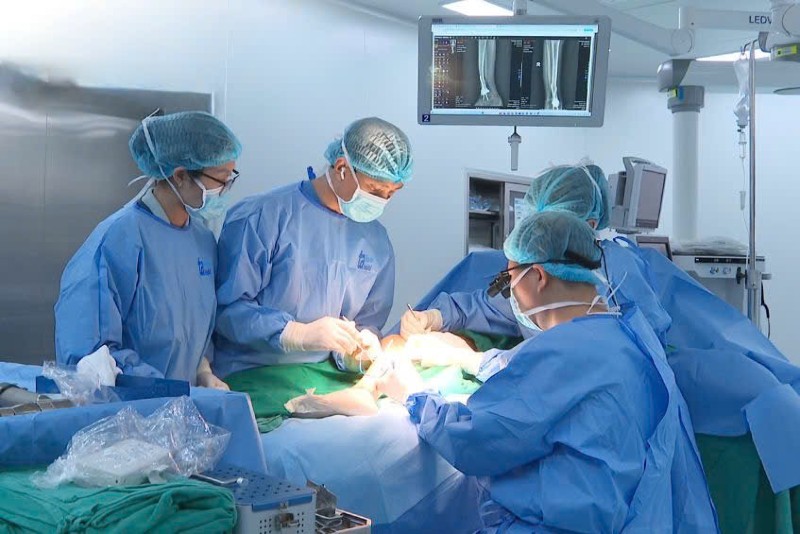


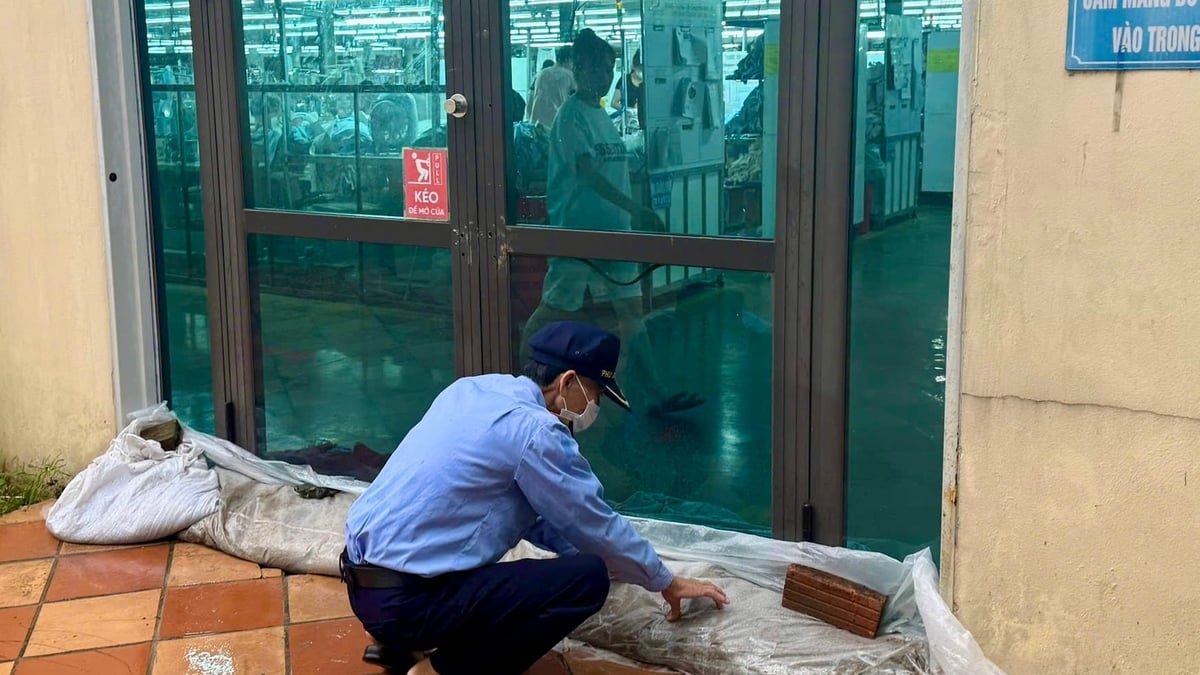
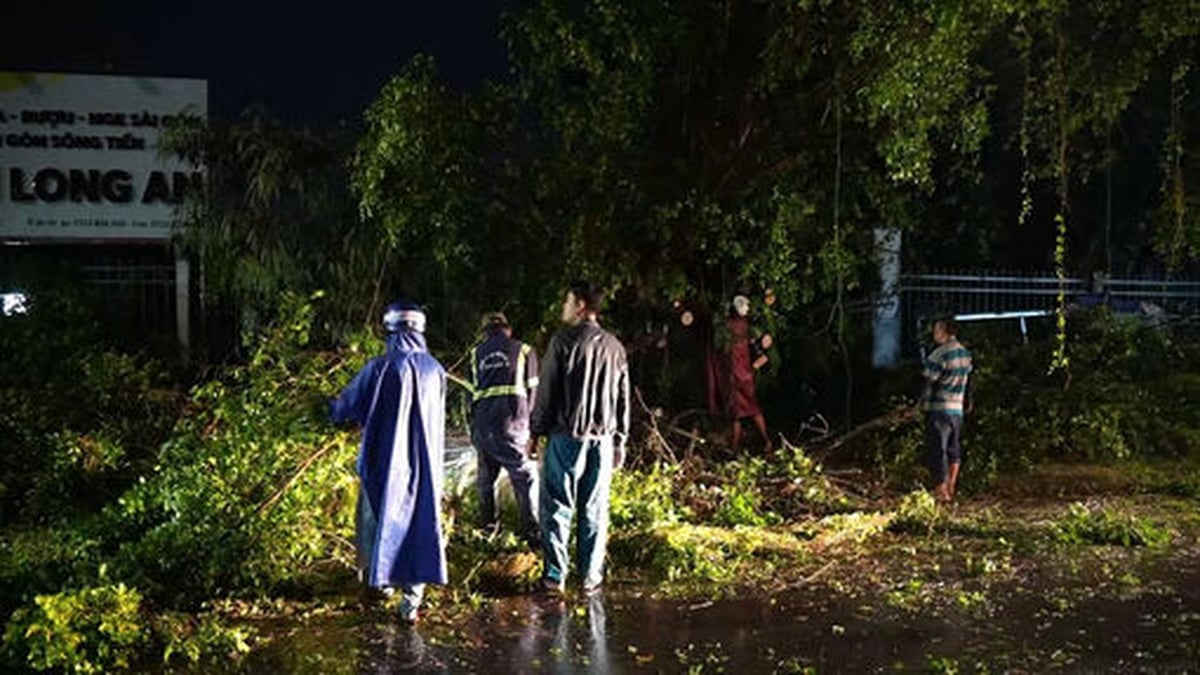

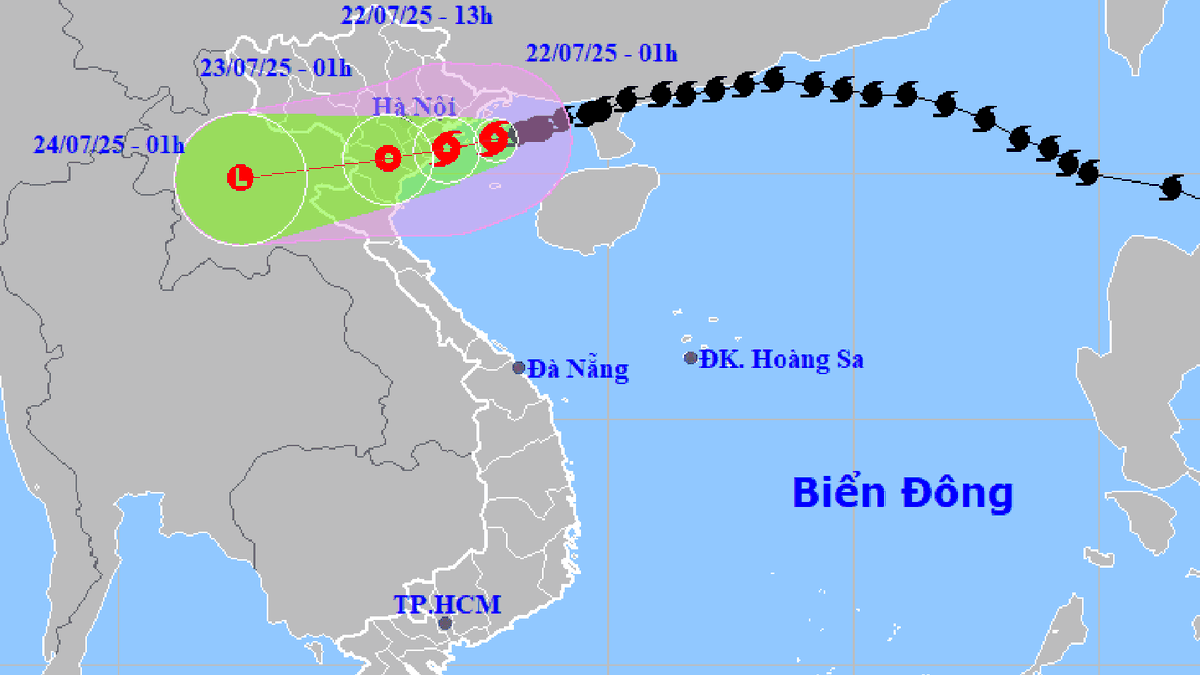
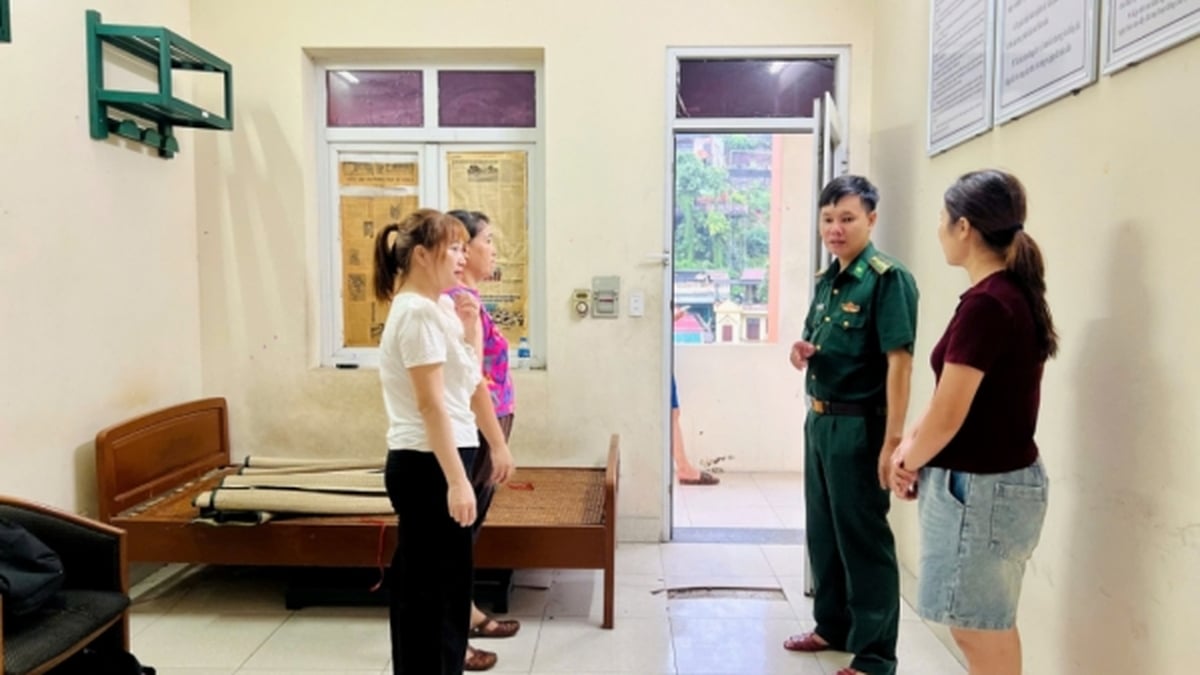



















![[Photo] National Assembly Chairman Tran Thanh Man visits Vietnamese Heroic Mother Ta Thi Tran](https://vphoto.vietnam.vn/thumb/1200x675/vietnam/resource/IMAGE/2025/7/20/765c0bd057dd44ad83ab89fe0255b783)









































































Comment (0)